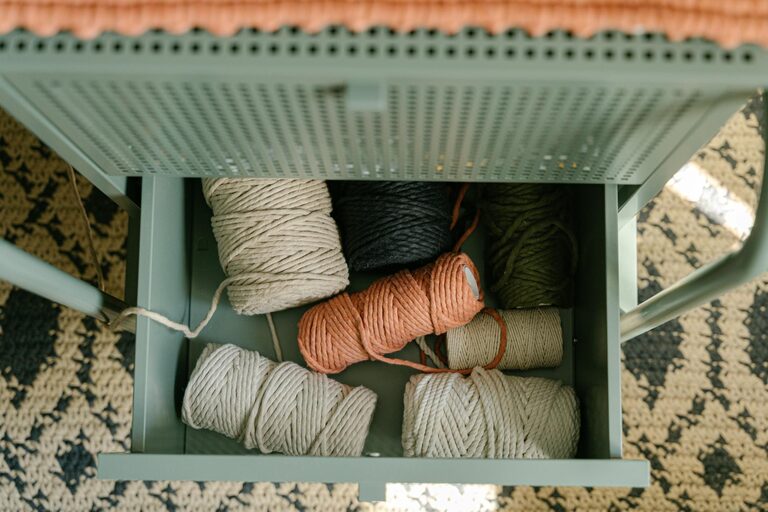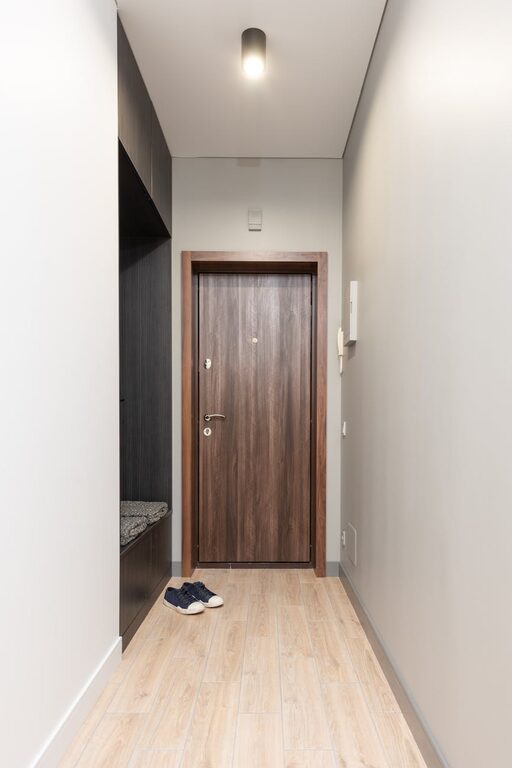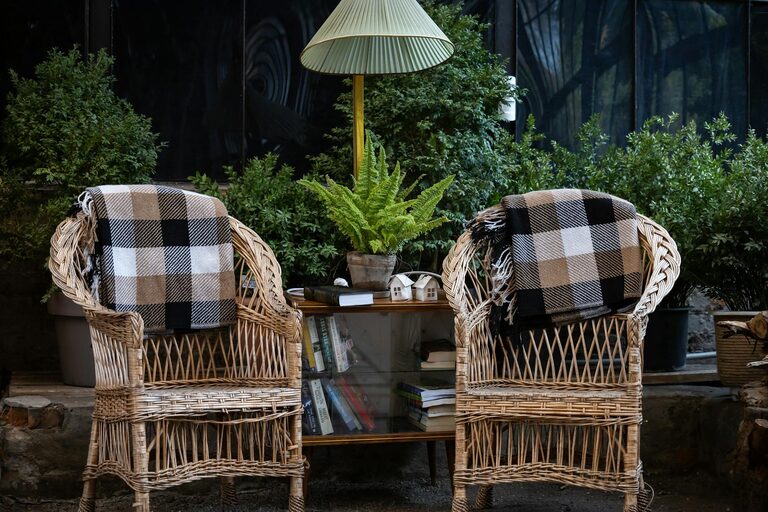
Bringing home your child’s artwork can be one of the most joyful experiences for a parent. Each drawing, painting, or craft project represents their imagination and growth. However, the volume of artwork can quickly become overwhelming, leading to clutter and messy spaces. The good news is that with some planning and simple strategies, you can keep your kids’ art organized while still cherishing their masterpieces.
In this post, we’ll explore practical tips and creative ideas to help you display, store, and manage your child’s art in an organized way.
Why Organizing Kids’ Art Matters
Organizing kids’ art isn’t just about keeping your home neat. It also helps:
– Preserve memories and milestones
– Show your child you value their creativity
– Make it easier to find specific pieces later
– Create a calm, clutter-free environment
– Encourage your child to take pride in their work
With these benefits in mind, let’s dive into some smart ways to keep all those colorful creations under control.
1. Create a Dedicated Art Space
A designated area for art and crafts can make a huge difference. It helps contain mess and keeps art supplies and finished projects in one place.
Ideas for an Art Space:
– A corner of a room with a small table and chair
– A set of shelves or bins for materials and finished art
– A portable art caddy to move supplies around easily
Having a space where art can happen also simplifies cleanup and organization afterward.
2. Use Display Areas Wisely
Kids love seeing their work on display, and it can brighten up your home. To keep things organized, dedicate a specific spot for showcasing artwork.
Popular Display Options:
– Bulletin boards or corkboards
– Magnetic strips or boards for using magnets
– String and clips hung on a wall for easy swapping
– Frames with front openings for rotating art regularly
Limit the display to a few pieces at a time to avoid clutter, and switch them out as new creations come in.
3. Digital Archiving: Save Without the Pileup
If you’re short on space, consider digitizing the artwork. This way, you can keep a record of every piece without physical storage problems.
How to Digitize Artwork:
– Take high-quality photos or scan each piece
– Create folders organized by date, theme, or child
– Use photo book services to print yearly collections
– Share digital galleries with family and friends
Digital archiving allows you to revisit the creativity anytime and reduces paper clutter.
4. Sorting and Storing: What to Keep and How
Not all art projects need to be saved forever. Having a system to sort and store keeps the collection manageable.
Tips for Sorting:
– Set regular intervals (monthly or quarterly) to review art
– Involve your child in choosing favorites to keep
– Separate by type: drawings, paintings, crafts
Storage Solutions:
– Large portfolios or art folders
– Plastic storage bins with lids, labeled by year or child
– File boxes with hanging folders for flat art
– Accordion files or binders with plastic sleeves
Make sure storage containers are easily accessible so you can add new pieces as they come in.
5. Repurpose Artwork Creatively
Turn kids’ art into useful or decorative items to celebrate their creativity while keeping clutter down.
Fun Ideas:
– Use artwork to wrap gifts or make greeting cards
– Create collages or scrapbooks
– Make custom calendars featuring different pieces each month
– Laminate drawings to use as placemats or coasters
– Transfer art onto fabric items like pillows or t-shirts via online services
Repurposing transforms art into lasting keepsakes your family can enjoy.
6. Teach Kids the Value of Organization
Getting children involved in organizing their art helps develop responsibility and pride.
Ways to Help Kids:
– Create a personal art box or portfolio for their use
– Let them choose what to display or keep
– Set clear expectations about how often to sort old work
– Celebrate their efforts in keeping things tidy
Making organization a family routine makes the process smoother and more meaningful.
7. Keep Supplies Organized Too
Art organization isn’t just about finished pieces. Keeping art materials in order makes creative time more enjoyable.
Organizing Tips for Supplies:
– Use labeled bins or drawers for different types of materials
– Store markers, crayons, and pencils in cups or small containers
– Keep paper and canvas sheets in a flat file or tall magazine rack
– Set up a cleaning station with wipes and towels nearby
An organized supply area makes it easy to find what’s needed and avoids interruptions during creative play.
Final Thoughts
Keeping kids’ art organized can seem overwhelming at first, but with these simple strategies, you can create a system that celebrates their creativity without the clutter. By setting up dedicated spaces, using display options, digitizing artwork, and involving your kids in the process, you’ll maintain a tidy home and preserve precious memories. Remember, the key is balance—cherish the art, but don’t let it take over your living space.
Try out these tips and find what works best for your family’s lifestyle. Happy organizing!




